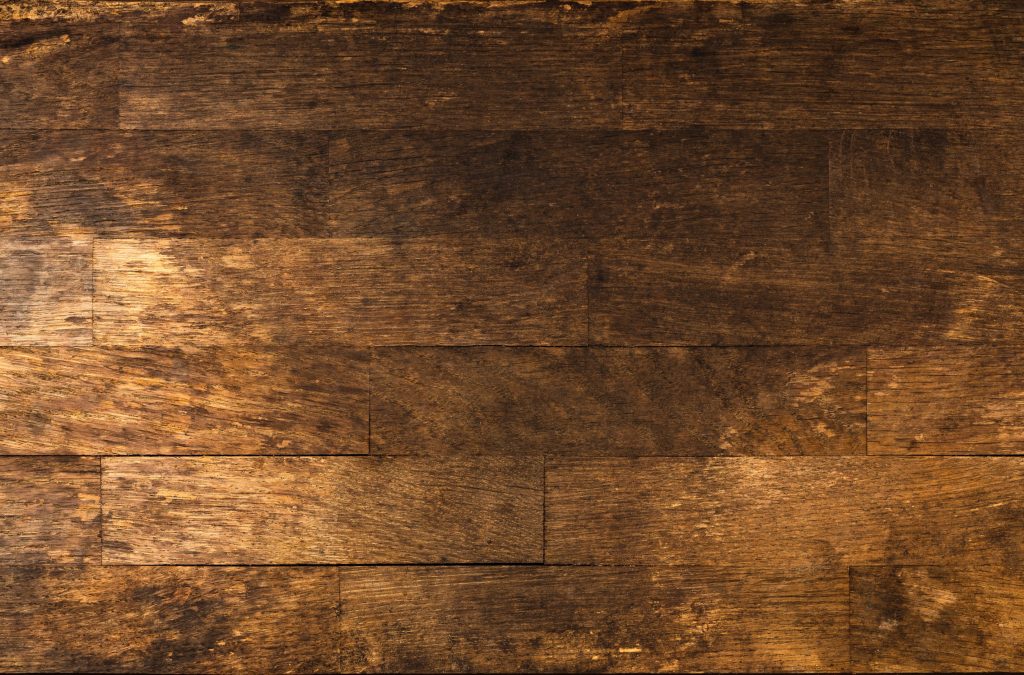Old timber floors? Man, those things have seen it all—muddy boots, spilled wine, probably a few generations’ worth of questionable dance moves. They’re like the soul of a heritage house, especially here in New Zealand, where history tends to linger in the floorboards. But let’s be real: time isn’t always kind. You get cracks, the shine fades, and water stains show up like uninvited guests. Annoying, right? Lucky for you, proper antique floor sanding in NZ isn’t some lost art. Done right, it actually brings back the good stuff—character, warmth, all that jazz—without erasing the story.
Why Bother With Special Care Anyway?
Look, these aren’t your run-of-the-mill Bunnings floorboards. Antique timber’s been around longer than your grandma, and it shows. Every plank is unique—different grains, quirks, and scars. So blasting it with heavy-duty sanders like you would a new floor? Terrible idea. The pros know how to read the wood, working with its weirdness, not against it. That’s how you keep the soul intact.
Restoration vs. Makeover
Here’s the trick: you don’t want your floor looking like it just rolled off a factory line. The aim is to highlight its history, not erase it. When you get antique floor sanding NZ done by people who know their stuff, you end up with that rich, lived-in vibe—deeper colours, cool textures, the whole shebang. It’s about making the old new… but not too new, you know?
How’s It Done? The Not-Boring Version
1. Inspection—AKA Floor CSI
First up, someone’s gotta crawl around and figure out what’s up—cracks, wonky boards, mystery stains. Sometimes, especially if water’s been a jerk, you’ll need water-damaged floor repair in Auckland before the sanding even starts (shoutout to the folks in Auckland who deal with soggy floors way too often).
2. Sanding—But Gently Does It
Forget brute force. With antique timber, it’s all about finesse. Fine-grit sandpaper, light passes, no rushing. It’s more like giving the floor a spa treatment than an industrial scrub. This way, you don’t end up sanding your way straight through the boards.
3. Repairs—Fixing Grandma’s Battle Scars
Old floors are like old jeans—they’ve got rips and worn patches. Instead of tossing them out, you patch them up. The trick is matching the wood and finish so no one can spot the repairs. Seamless is the goal.
4. Finishing Touches
Once it’s all smooth and fixed, you seal it up. The good stuff—protective coatings that make the wood pop but keep things low-key and classy. None of that plastic-looking gloss. Usually, a subtle sheen fits the vibe of older homes better.
Keeping Those Floors Looking Sweet
Moisture? Enemy number one. Keep a handle on it, or you’ll be back to square one. Ditch the harsh chemicals—gentle cleaners, please. Rugs are your friends in busy spots. And don’t forget to re-coat every few years if you want that “just restored” glow to stick around.

Give Your Floors a Second Shot at Glory
Let’s face it: antique timber floors deserve better than a quick fix. They’re a piece of history under your feet. The right floor sanding team in NZ (like Floorsanding NZ—those folks seriously know their stuff) can give your floors a proper comeback tour—stronger, prettier, and totally authentic. Why cover up the good stuff when you can make it shine again?